Businesses overlook the silent detriment of self-service—the erosion of customer trust. Every time a customer encounters a self-service dead-end, it’s not just a moment of frustration; it’s a micro-fracture in the relationship. Can it become a powerful enabler of customer satisfaction?
Self-service technology has been praised as a revolutionary shift in customer experience, offering convenience and efficiency. However, as businesses rely more on these solutions, it’s important to examine whether self-service truly delivers on its promises or is becoming an overrated trend with unforeseen drawbacks.
The Promise of Self-Service
Self-service options like FAQs, chatbots, and automated phone systems allow customers to resolve issues quickly without waiting for a human representative. These tools can enhance efficiency and satisfaction for straightforward tasks like checking account balances, tracking orders, or resetting passwords. According to a survey by Zendesk, 67% of respondents preferred self-service over speaking to a company representative, indicating a strong initial appeal.
The Reality Check
Despite its potential, self-service is only a panacea for some customer service challenges. Complex issues often require nuanced understanding and human empathy—qualities that self-service technologies lack. When customers face problems beyond the capabilities of a chatbot or an FAQ page, they can quickly become frustrated, leading to a decline in satisfaction. The Harvard Business Review reported that 57% of inbound calls come from customers who were on the website first but couldn’t solve their issue through self-service, highlighting this gap.
Here’s the hot take: Businesses overlook the silent detriment of self-service—the erosion of customer trust. Every time a customer encounters a self-service dead-end, it’s not just a moment of frustration; it’s a micro-fracture in the relationship. This isn’t just about solving problems; it’s about how customers feel during the process. People don’t just want solutions; they want to be heard and valued.
The Emotional Disconnect
What no one else is emphasising is the emotional disconnect that self-service can create. Human agents can listen, understand, and empathise, providing a sense of reassurance that a machine simply cannot replicate. This emotional component is crucial in building long-term customer relationships. When customers feel they are just another ticket in a queue, it devalues their experience and can push them towards competitors who offer a more human touch. A study by Microsoft revealed that 58% of customers get frustrated with self-service solutions when they need to speak to a customer service representative but cannot.
Mitigation Strategies:
- Train human agents to provide empathetic and personalised support for complex issues.
- Implement seamless transitions from self-service to human support, ensuring customers do not feel abandoned.
- Use customer feedback to improve self-service systems continuously and address common frustrations.
The Overlooked Demographics
Another overlooked aspect is the impact on specific demographics. Older adults and less tech-savvy individuals often find self-service tools more frustrating than helpful. They may struggle with interfaces that seem intuitive to younger users, creating a sense of alienation. This demographic is significant, and businesses risk alienating a loyal customer base by pushing self-service too aggressively.
Mitigation Strategies:
- Design user-friendly interfaces that cater to all demographics, including older and less tech-savvy customers.
- Provide alternative support options such as phone lines or in-person help for those who struggle with self-service tools.
- Offer tutorials and guidance on using self-service tools effectively.
Unintended Consequences
Moreover, the rush to implement self-service often overlooks the unintended consequences. A poorly designed self-service system can lead to an increase in call volumes, not a decrease. When customers can’t find solutions independently, they turn to human agents who are more frustrated and less patient, which can overwhelm support teams and degrade service quality overall. According to PwC, 32% of customers will stop doing business with a brand they love after one bad experience, underscoring the importance of getting self-service right.
Mitigation Strategies:
- Conduct thorough testing of self-service systems before full implementation to identify potential issues.
- Monitor and analyse call volumes to detect spikes indicating self-service failures.
- Invest in robust support infrastructure to handle increased call volumes and ensure high-quality customer service.
Hidden Costs
Self-service technology often shines as a beacon of cost-saving potential, but beneath its glow lies a more complex reality. Significant investments in development, maintenance, and upgrades might offset initial savings. On average, companies might expect to save 20-30% on customer service costs with self-service tools, according to Gartner. However, these savings can be quickly eroded by hidden fees.
- Development Costs: The cost of developing a robust self-service system can be significant, ranging from $100,000 to $500,000, depending on its complexity. This includes software development, user interface design, and integration with existing systems.
- Maintenance and Upgrades: Annual maintenance costs can be 15-20% of the initial development cost. Upgrading the system to keep up with technological advancements and customer expectations can add another $50,000 to $200,000 annually.
- Unexpected Expenses: When self-service systems fail, the surge in calls to human agents can increase operational costs. For instance, if 20% of users experience issues and need to contact support, the added costs can range from $50,000 to $150,000 annually, depending on the volume and complexity of inquiries.
Yet, this challenge is also a call to innovate. Businesses can turn these hidden costs into investments in more innovative, adaptive self-service solutions. Companies can create systems that reduce costs and enhance the customer experience by focusing on quality and continuous improvement. It’s about seeing beyond the surface and committing to a harmonious future where technology and human touch coexist.
- Quality Focus: Investing an additional 10-15% in initial development for user experience testing can significantly reduce long-term maintenance and upgrade costs.
- Continuous Improvement: Allocating 5-10% of the annual budget for ongoing user feedback integration and iterative improvements can lead to a more efficient system and reduce the likelihood of costly failures.
Balancing Self-Service with Human Touch
The key to effectively using self-service lies in finding the right balance. Businesses need to make sure that self-service tools are easy to use, helpful, and supported by accessible human assistance for more complicated issues. Investing in hybrid models, where technology assists but doesn’t completely replace human interaction, can help address diverse customer needs and maintain high satisfaction levels.
Self-service technology offers great potential for improving customer experience, but it is not a one-size-fits-all solution. Its effectiveness depends on the complexity of customer issues and the ability to seamlessly transition to human support when needed. Businesses need to carefully evaluate their self-service implementations to ensure they add value rather than creating new challenges.
Ultimately, the future of customer experience will be shaped by a thoughtful integration of self-service tools and human interaction, ensuring that customers feel supported and valued at every touchpoint.
The Upside of Self-Service
While self-service systems have their challenges, it’s important to acknowledge their significant benefits:
- Scalability: Self-service tools can handle many queries simultaneously, something human agents cannot match. This scalability is crucial for businesses experiencing rapid growth or high customer demand.
- 24/7 Availability: Unlike human support, self-service solutions are available around the clock. This availability ensures that customers can get assistance anytime, which is particularly valuable for global businesses with customers in different time zones.
- Cost Efficiency: When implemented correctly, self-service systems can reduce costs. Automation frees up human agents to handle more complex and high-value interactions for routine and repetitive tasks, optimising workforce efficiency.
- Customer Empowerment: Many customers appreciate autonomy in solving their problems without waiting for assistance. Well-designed self-service tools can empower customers, leading to higher satisfaction and loyalty.
- Data Collection and Insights: Self-service platforms can provide valuable customer behaviour and preferences data. This data can be used to improve services and personalise the customer experience.
Cultural Nuances in Self-Service Adoption
Self-service solutions must be culturally sensitive to be truly effective. Customers may prefer human interaction in some regions due to cultural norms valuing personal relationships and trust. For instance:
- Asia-Pacific: In many APAC countries, face-to-face interactions and personal connections are highly valued. Self-service tools in these markets should incorporate features that provide a more personalised touch, such as video support or seamless escalation to human agents.
- Europe: European customers often have higher data privacy and security expectations. Self-service systems in these regions must prioritise transparency and data protection to build trust.
- North America: Efficiency and speed are paramount in the fast-paced North American environment. Self-service tools here should focus on quick resolutions and minimal steps.
Integrating Local Insights
To create self-service solutions that resonate globally, businesses must integrate local insights:
- Localised Content: Ensure that self-service platforms offer content in local languages and address region-specific issues.
- Customer Feedback Loops: Establish feedback mechanisms that capture cultural nuances and adapt services accordingly.
- Partnerships with Local Experts: Collaborate with local CX experts to tailor self-service solutions that align with regional customer expectations.
The Future of CX: A Global Perspective
The future of customer experience lies in blending technology with a deep understanding of cultural contexts. When designed with cultural sensitivity and local insights, self-service tools can transcend efficiency and become powerful enablers of customer satisfaction and loyalty.









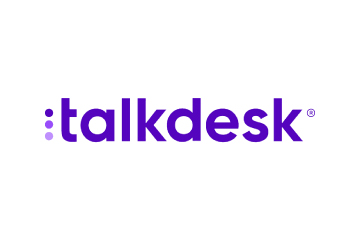

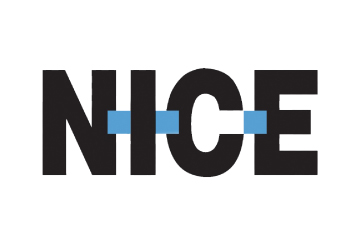


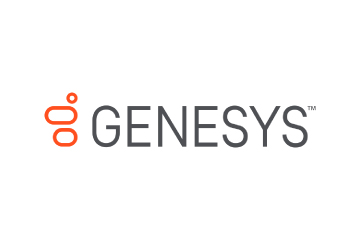
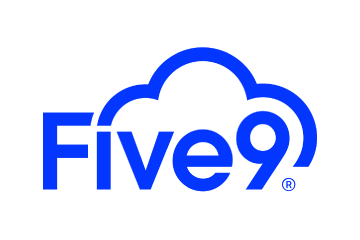


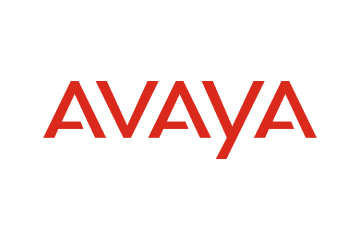
 Amplitude is a product analytics platform, enabling businesses to track visitors with the help of collaborative analytics. The platform leverages the capabilities of
Amplitude is a product analytics platform, enabling businesses to track visitors with the help of collaborative analytics. The platform leverages the capabilities of 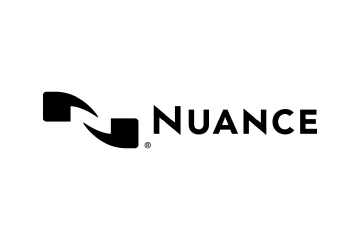

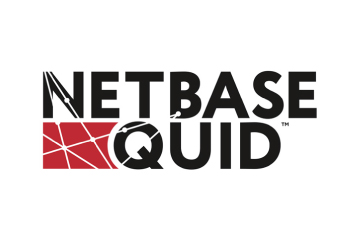

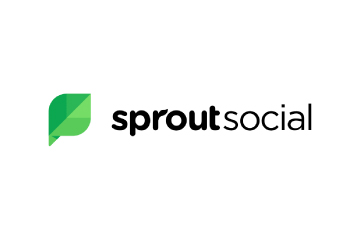
 Zoho Social, a part of Zoho’s suite of 50+ products, is a comprehensive social media management platform for businesses and agencies. The Zoho Social dashboard includes a robust set of features, such as Publishing Calendar, Bulk Scheduler, and Approval Management to offer businesses all the essential social media publishing tools. Its monitoring tools help enterprises track and respond to relevant social conversations.
Zoho Social, a part of Zoho’s suite of 50+ products, is a comprehensive social media management platform for businesses and agencies. The Zoho Social dashboard includes a robust set of features, such as Publishing Calendar, Bulk Scheduler, and Approval Management to offer businesses all the essential social media publishing tools. Its monitoring tools help enterprises track and respond to relevant social conversations.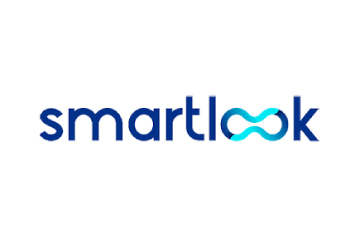

 Microsoft Dynamics 365 represents a robust cloud-based CRM solution with features such as pipeline assessment, relationship analytics, and conversational intelligence. It utilises AI-powered insights to provide actionable intelligence via predictive analytics, lead scoring, sentiment analysis, etc. Currently, Microsoft operates in 190 countries and is made up of more than 220,000 employees worldwide.
Microsoft Dynamics 365 represents a robust cloud-based CRM solution with features such as pipeline assessment, relationship analytics, and conversational intelligence. It utilises AI-powered insights to provide actionable intelligence via predictive analytics, lead scoring, sentiment analysis, etc. Currently, Microsoft operates in 190 countries and is made up of more than 220,000 employees worldwide.
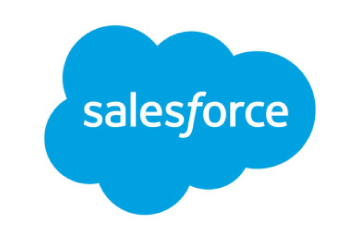
 HubSpot is an inbound marketing, sales, and customer service software provider, offering robust CRM and automation solutions. Some of its products include Marketing Hub, Sales Hub, Operations Hub, Content Hub, Commerce Hub, Marketing Analytics and Dashboard Software. Guided by its inbound methodology, HubSpot enables companies to prioritise innovation and customer success.
HubSpot is an inbound marketing, sales, and customer service software provider, offering robust CRM and automation solutions. Some of its products include Marketing Hub, Sales Hub, Operations Hub, Content Hub, Commerce Hub, Marketing Analytics and Dashboard Software. Guided by its inbound methodology, HubSpot enables companies to prioritise innovation and customer success.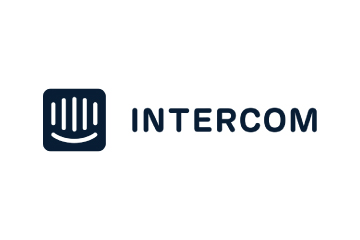
 Monday.com is a project management software company, offering a cloud-based platform that enables businesses
Monday.com is a project management software company, offering a cloud-based platform that enables businesses 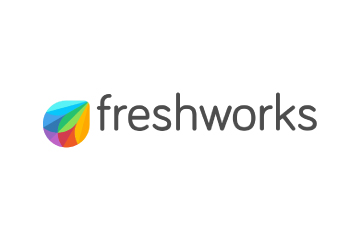 Headquartered in San Mateo, California, Freshworks is a global AI-powered business software provider. Its tech stack includes a scalable and comprehensive suite for IT, customer support, sales, and marketing teams, ensuring value for immediate business impact. Its product portfolio includes Customer Service Suite, Freshdesk, Freshchat, Freshcaller, Freshsuccess, and Freshservice. Freshservice for Business Teams has helped several global organisations to enhance their operational efficiency.
Headquartered in San Mateo, California, Freshworks is a global AI-powered business software provider. Its tech stack includes a scalable and comprehensive suite for IT, customer support, sales, and marketing teams, ensuring value for immediate business impact. Its product portfolio includes Customer Service Suite, Freshdesk, Freshchat, Freshcaller, Freshsuccess, and Freshservice. Freshservice for Business Teams has helped several global organisations to enhance their operational efficiency.
 Talkdesk offers an innovative AI-powered customer-centric tech stack to its global partners. The company provides generative AI integrations, delivering industry-specific solutions to its customers. Talkdesk CX Cloud and Industry Experience Clouds utilise modern machine learning and language models to enhance contact centre efficiency and client satisfaction.
Talkdesk offers an innovative AI-powered customer-centric tech stack to its global partners. The company provides generative AI integrations, delivering industry-specific solutions to its customers. Talkdesk CX Cloud and Industry Experience Clouds utilise modern machine learning and language models to enhance contact centre efficiency and client satisfaction.



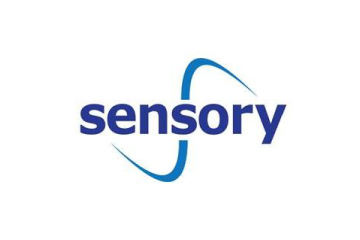
 The company offers comprehensive cloud-based solutions, such as Microsoft Dynamics 365, Gaming Consoles, Microsoft Advertising, Copilot, among other things, to help organisations offer enhanced CX and ROI. Its generative-AI-powered speech and voice recognition solutions,such as Cortana and Azure Speech Services empowers developers to build intelligent applications.
The company offers comprehensive cloud-based solutions, such as Microsoft Dynamics 365, Gaming Consoles, Microsoft Advertising, Copilot, among other things, to help organisations offer enhanced CX and ROI. Its generative-AI-powered speech and voice recognition solutions,such as Cortana and Azure Speech Services empowers developers to build intelligent applications. IBM is a global hybrid cloud and AI-powered
IBM is a global hybrid cloud and AI-powered  Uniphore is an enterprise-class, AI-native company that was incubated in 2008. Its enterprise-class multimodal AI and data platform unifies all elements of voice, video, text and data by leveraging Generative AI, Knowledge AI, Emotion AI and workflow automation. Some of its products include U-Self Serve, U-Assist, U-Capture, and U-Analyze. Its Q for Sale is a conversational intelligence software that guides revenue teams with AI-powered insights, offering clarity on how to effectively keep prospects engaged.
Uniphore is an enterprise-class, AI-native company that was incubated in 2008. Its enterprise-class multimodal AI and data platform unifies all elements of voice, video, text and data by leveraging Generative AI, Knowledge AI, Emotion AI and workflow automation. Some of its products include U-Self Serve, U-Assist, U-Capture, and U-Analyze. Its Q for Sale is a conversational intelligence software that guides revenue teams with AI-powered insights, offering clarity on how to effectively keep prospects engaged. Google Cloud accelerates every organisation’s ability to digitally transform its business. Its enterprise-grade solutions leverage modern technology to solve the most criticial business problems
Google Cloud accelerates every organisation’s ability to digitally transform its business. Its enterprise-grade solutions leverage modern technology to solve the most criticial business problems  8×8 offers out-of-the-box contact centre solutions, assisting all-size businesses to efficiently meet customer needs and preferences. It offers custom CRM integrations support and integrates effortlessly with third-party CRMs like Salesforce, Microsoft Dynamics, Zendesk, and more. Offering global support in all time zones & development teams in 5 continents, its patented geo-routing solution ensures consistent voice quality.
8×8 offers out-of-the-box contact centre solutions, assisting all-size businesses to efficiently meet customer needs and preferences. It offers custom CRM integrations support and integrates effortlessly with third-party CRMs like Salesforce, Microsoft Dynamics, Zendesk, and more. Offering global support in all time zones & development teams in 5 continents, its patented geo-routing solution ensures consistent voice quality. Sprinklr is a comprehensive enterprise software company for all customer-focused functions. With advanced AI, Sprinklr’s unified customer experience management (Unified-CXM) platform lets organisations offer human experiences to every customer, every time, across any modern channel.
Sprinklr is a comprehensive enterprise software company for all customer-focused functions. With advanced AI, Sprinklr’s unified customer experience management (Unified-CXM) platform lets organisations offer human experiences to every customer, every time, across any modern channel.


 Upland offers a comprehensive suite of contact centre and customer service solutions with products including InGenius, Panviva, Rant & Rave, and RightAnswers. InGenius enables organisations to connect their existing phone system with CRM, further enhancing agent productivity. Panviva provides compliant and omnichannel capabilities for highly regulated industries. Whereas, Rant & Rave, and RightAnswers are its AI-powered solutions,
Upland offers a comprehensive suite of contact centre and customer service solutions with products including InGenius, Panviva, Rant & Rave, and RightAnswers. InGenius enables organisations to connect their existing phone system with CRM, further enhancing agent productivity. Panviva provides compliant and omnichannel capabilities for highly regulated industries. Whereas, Rant & Rave, and RightAnswers are its AI-powered solutions, 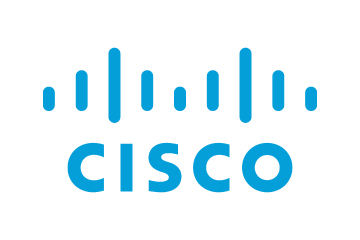

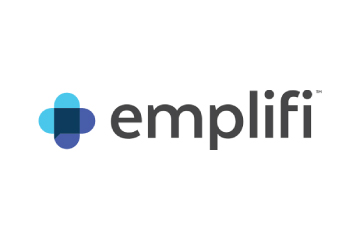
 Hootsuite, headquartered in Vancouver, is a social media management platform that streamlines the process of managing multiple social media accounts. Some of its core offerings include social media content planning and publishing, audience engagement tools, analytics and social advertising. Its easy-to-integrate capabilities help marketing teams to schedule and publish social media posts efficiently.
Hootsuite, headquartered in Vancouver, is a social media management platform that streamlines the process of managing multiple social media accounts. Some of its core offerings include social media content planning and publishing, audience engagement tools, analytics and social advertising. Its easy-to-integrate capabilities help marketing teams to schedule and publish social media posts efficiently.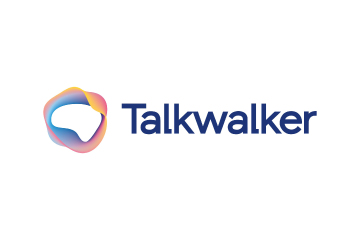
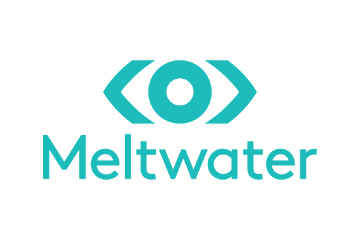
 Brandwatch enables businesses to build and scale the optimal strategy for their clients with intuitive, use-case-focused tools that are easy and quick to master. Bringing together consumer intelligence and social media management, the company helps its users react to the trends that matter, collaborate on data-driven content, shield the brand from threats and manage all the social media channels at scale.
Brandwatch enables businesses to build and scale the optimal strategy for their clients with intuitive, use-case-focused tools that are easy and quick to master. Bringing together consumer intelligence and social media management, the company helps its users react to the trends that matter, collaborate on data-driven content, shield the brand from threats and manage all the social media channels at scale.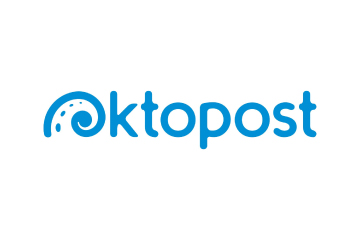


 Adobe Experience Cloud offers a comprehensive set of applications, capabilities, and services specifically designed to address day-to-day requirement for personalised customer experiences at scale. Its platform helps play an essential role in managing different digital content or assets to improve customer happiness. Its easy-to-optimise content gives users appropriate marketing streams, ensuring product awareness.
Adobe Experience Cloud offers a comprehensive set of applications, capabilities, and services specifically designed to address day-to-day requirement for personalised customer experiences at scale. Its platform helps play an essential role in managing different digital content or assets to improve customer happiness. Its easy-to-optimise content gives users appropriate marketing streams, ensuring product awareness.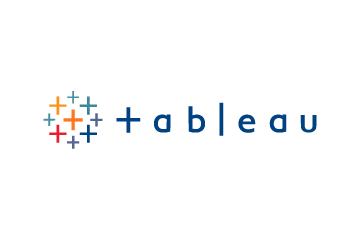 Salesforce-owned Tableau is an AI-powered analytics and business intelligence platform, offering the breadth and depth of capabilities that serve the requirements of global enterprises in a seamless, integrated experience. Marketers can utilise generative AI models, AI-powered predictions, natural language querying, and recommendationsons.
Salesforce-owned Tableau is an AI-powered analytics and business intelligence platform, offering the breadth and depth of capabilities that serve the requirements of global enterprises in a seamless, integrated experience. Marketers can utilise generative AI models, AI-powered predictions, natural language querying, and recommendationsons. Contentsquare is a cloud-based digital experience analytics platform, helping brands track billions of digital interactions, and turn those digital
Contentsquare is a cloud-based digital experience analytics platform, helping brands track billions of digital interactions, and turn those digital 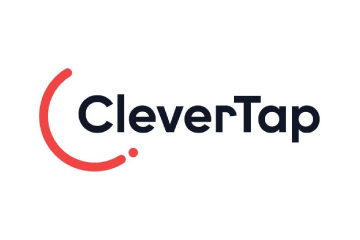


 Zoho Corporation offers innovative and tailored software to help leaders grow their business. Zoho’s 55+ products aid sales and marketing, support and collaboration, finance, and recruitment requirements. Its customer analytics capabilities come with a conversational feature, Ask Zia. It enables users to ask questions and get insights in the form of reports and widgets in real-time.
Zoho Corporation offers innovative and tailored software to help leaders grow their business. Zoho’s 55+ products aid sales and marketing, support and collaboration, finance, and recruitment requirements. Its customer analytics capabilities come with a conversational feature, Ask Zia. It enables users to ask questions and get insights in the form of reports and widgets in real-time. Fullstory is a behavioural data platform, helping C-suite leaders make informed decisions by injecting digital behavioural data into its analytics stack. Its patented technology uncovers the power of quality behavioural data at scale, transforming every digital visit into actionable insights. Enterprises can increase funnel conversion and identify their highest-value customers effortlessly.
Fullstory is a behavioural data platform, helping C-suite leaders make informed decisions by injecting digital behavioural data into its analytics stack. Its patented technology uncovers the power of quality behavioural data at scale, transforming every digital visit into actionable insights. Enterprises can increase funnel conversion and identify their highest-value customers effortlessly.
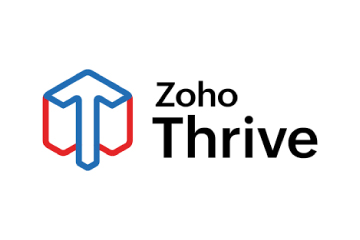
 Started in 2005 in a Sweden-based small town, Norrköping, Voyado offers a customer experience cloud platform that includes a customer loyalty management system. This platform helps businesses design and implement customer loyalty programs, track customer
Started in 2005 in a Sweden-based small town, Norrköping, Voyado offers a customer experience cloud platform that includes a customer loyalty management system. This platform helps businesses design and implement customer loyalty programs, track customer 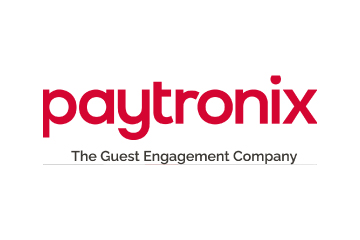



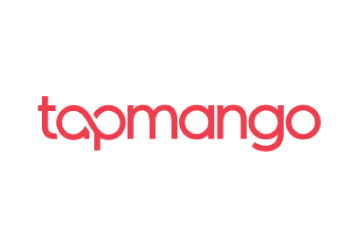 TapMango provides a comprehensive, customisable, flexible and feature-rich customer loyalty program. The loyalty tools include an integrated suite of customised consumer-facing technology, easy-to-use merchant tools, and automation algorithms, all aimed at enhancing customer experience. Adaptable to any industry, TapMango’s platform helps merchants compete with larger chains, converting customer one-time purchases into profitable spending habits.
TapMango provides a comprehensive, customisable, flexible and feature-rich customer loyalty program. The loyalty tools include an integrated suite of customised consumer-facing technology, easy-to-use merchant tools, and automation algorithms, all aimed at enhancing customer experience. Adaptable to any industry, TapMango’s platform helps merchants compete with larger chains, converting customer one-time purchases into profitable spending habits.
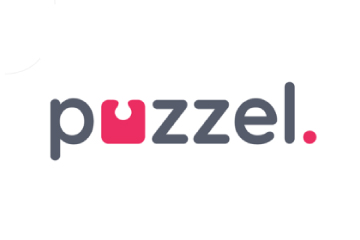
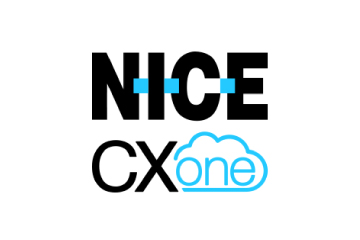
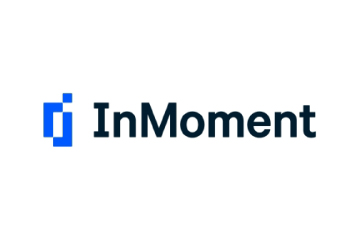

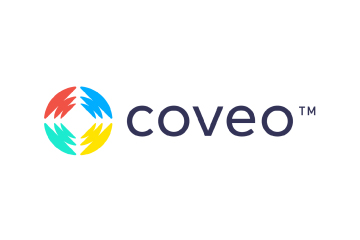
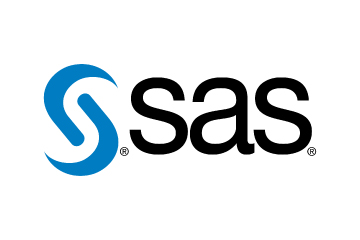
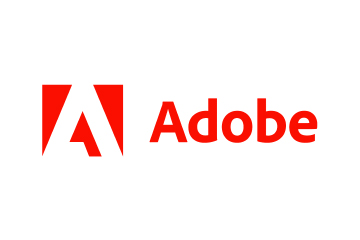 Adobe Experience Cloud offers a comprehensive set of applications, capabilities, and services specifically designed to address day-to-day requirements for personalised customer experiences at scale. Its innovative platform has played an essential role in managing different digital content or assets, to improve customer happiness or satisfaction. Some of its products include Adobe Gen Studio, Experience Manager Sites, Real-time CDP, and Marketo Engage.
Adobe Experience Cloud offers a comprehensive set of applications, capabilities, and services specifically designed to address day-to-day requirements for personalised customer experiences at scale. Its innovative platform has played an essential role in managing different digital content or assets, to improve customer happiness or satisfaction. Some of its products include Adobe Gen Studio, Experience Manager Sites, Real-time CDP, and Marketo Engage.

